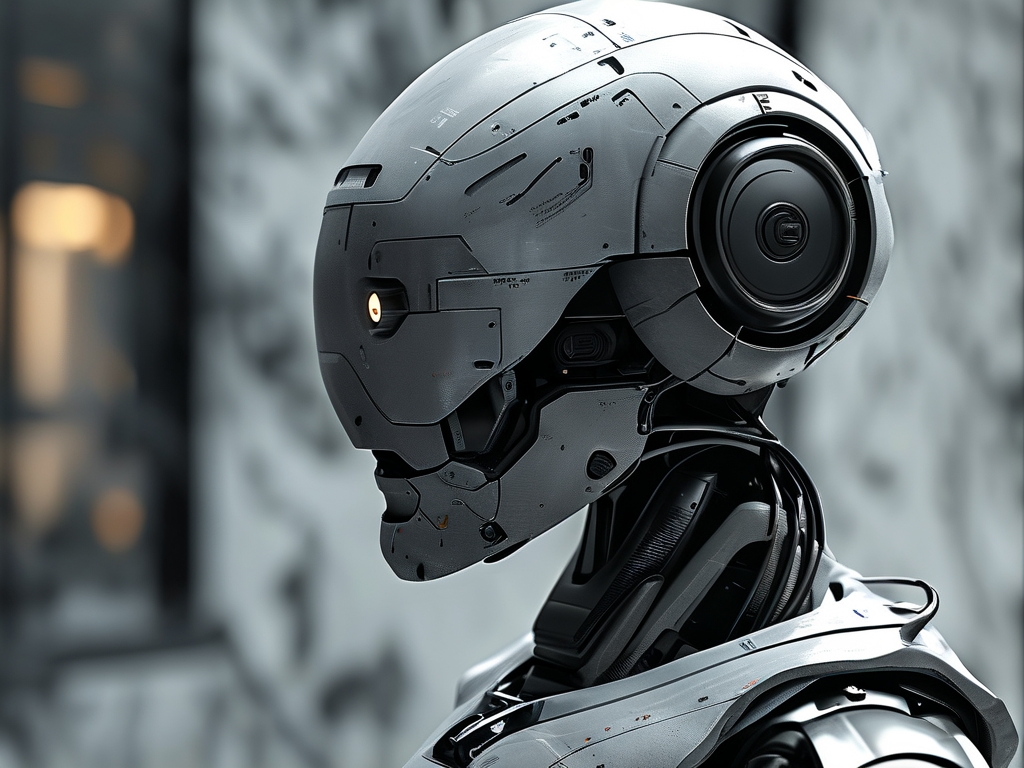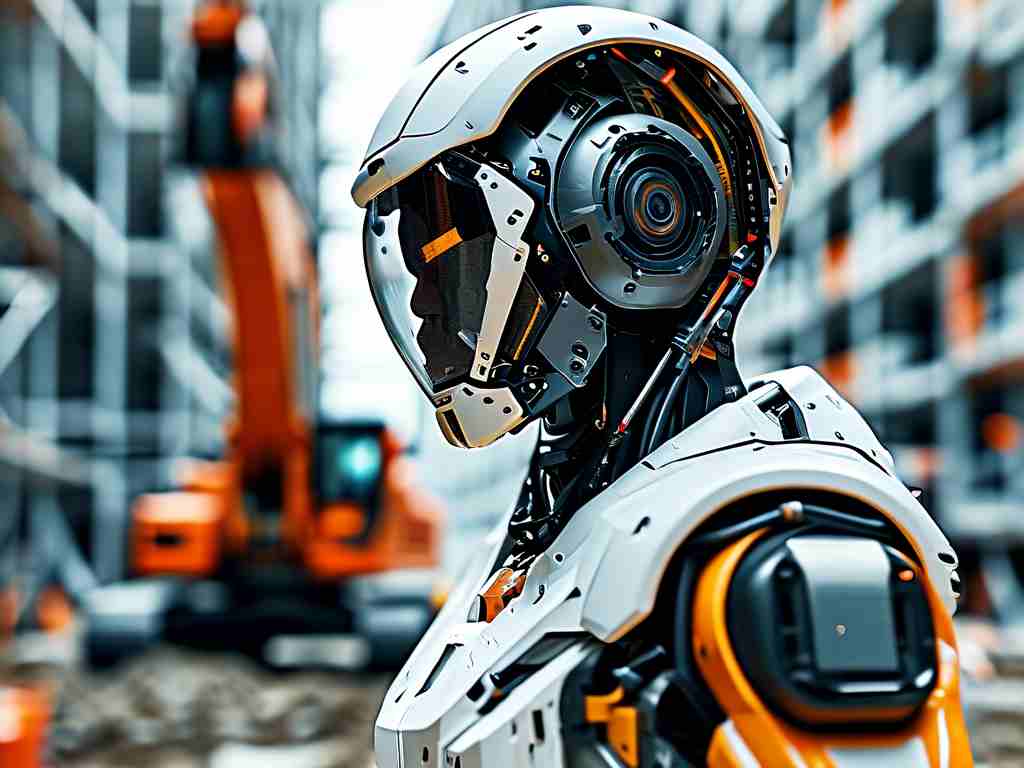The construction industry has long relied on manual labor for tasks like wall plastering, a process critical to achieving smooth surfaces in buildings. However, the advent of robotic plastering technology is reshaping this tradition, offering unprecedented precision, speed, and cost-effectiveness. This innovation not only addresses labor shortages but also elevates quality standards across residential and commercial projects.

The Mechanics of Robotic Plastering
Robotic plastering systems integrate advanced sensors, AI-driven algorithms, and hydraulic arms to automate the application of plaster. These machines are programmed to analyze surface dimensions, detect irregularities, and adjust material flow dynamically. For instance, the German-developed G4P RoboPlaster uses LiDAR scanning to create 3D maps of walls, ensuring even coverage while minimizing waste. Unlike human workers, robots maintain consistent pressure and angle during application, reducing the risk of air bubbles or uneven layers.
Bridging Labor Gaps
A 2023 report by the Global Construction Workforce Institute highlighted a 34% deficit in skilled plasterers worldwide. Robotic solutions fill this gap by handling repetitive tasks, allowing human crews to focus on complex design elements. In Japan, where aging populations strain labor markets, companies like Daiwa House have deployed plastering robots to complete housing projects 40% faster than traditional methods. This shift is particularly impactful in high-rise construction, where manual plastering at elevated heights poses safety risks.
Sustainability and Cost Benefits
Traditional plastering generates significant material waste due to over-application or human error. Robotic systems, however, optimize material usage through precise calibration. Trials in Sweden showed a 22% reduction in plaster consumption when using automated tools. Additionally, robots operate continuously without breaks, slashing project timelines. For a mid-sized apartment complex, this could translate to savings of $15,000–$20,000 in labor and material costs.
Challenges and Adaptations
Despite its advantages, robotic plastering faces hurdles. Initial investment costs range from $50,000 to $200,000 per unit, deterring smaller contractors. Moreover, retrofitting older buildings with irregular layouts remains a technical challenge. To address this, startups like RenderBot are developing modular robots that can navigate non-linear surfaces using magnetic treads. Training programs are also emerging to equip workers with skills to operate and maintain these systems, ensuring a smoother transition to hybrid human-robot workflows.
Future Prospects
The integration of IoT and machine learning promises further advancements. Imagine robots that “learn” from each project, refining their techniques over time. Companies such as KUKA are experimenting with cloud-connected plastering robots that share data across sites, enabling real-time adjustments based on weather or material properties. As battery technology improves, cordless models will enhance mobility, making robots viable for remote or off-grid locations.
In , robotic plastering technology is not a replacement for human expertise but a powerful complement. By tackling labor shortages, reducing waste, and improving safety, it sets a new benchmark for modern construction. As adoption grows, this innovation will likely become a cornerstone of sustainable building practices worldwide.



